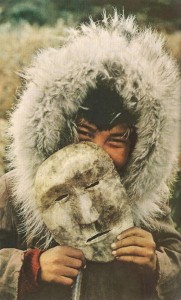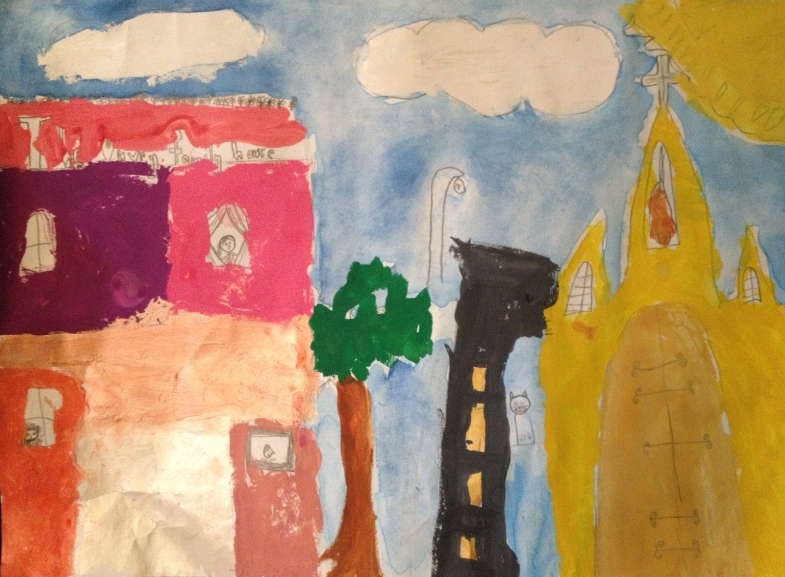Dear Integral Meditators,
Sometimes the most difficult thing to do is to acknowledge the things that we become aware of within ourselves, yet without this first step it is almost impossible to achieve any genuine self-mastery. The article below explores this theme.
Final reminder for the Workshops on Integral Meditation Practice and Meditation For Self-Healing and Self-Energizing this Saturday of you are in Singapore.
I have also created two new short videos, one on Integral Meditation Practice and one on Self-Healing meditation. To view them just click on the workshop pages above, or you can view them on youtube directly HERE (Integral Meditation Practice) and HERE (Self-Healing Meditation)
In the spirit of acknowledgment and mastery,
Toby
 Mastery Follows Acknowledgment
Mastery Follows Acknowledgment
You can’t master a challenge or a part of yourself that you don’t admit you have.
When I was a young man beginning my meditation practice I had a lot of repressed anger that I was not really aware of. Meditation was an exciting new skill for me at the time, and I immersed myself in the ‘spiritual’ aspect of the mastery of meditation for the next ten years. I worked very hard in a very disciplined way at my meditation and as a result had a lot of peak experiences, genuine ‘enlightenment’ experiences, states of expanded awareness and so on. However, in those ten years I never really came to terms with my anger. In a certain sense you could say that I used my meditation as a way of escaping from my anger, avoiding it, not really looking it in the eye, so to speak.
As a result after ten years of meditation I found myself i many ways still as lost and unfamiliar with how to deal with my human anger as I was before I began my spiritual path.
The beginning of me mastering my anger started with being able to look at myself, my emotions and my inner self and say ‘I have a lot of repressed anger that I need to understand how to work with’. This initial acknowledgment was then able to act as the basis of my mastery of anger, which had and still has (it is an ongoing process) three main stages:
- The acknowledgment, exploration and acceptance of my anger
- The constructive engagement with that emotion and its causes, followed by the
- Redirection and transformation of that angry energy into something constructive and worthwhile
So, my basic point here is that there is no way you can master an aspect of self that you don’t admit that you have. This is why a genuine and sound mindfulness practice begins with an investigation into and acknowledgment of what is really there, and proceeds to work on mastering what it finds based around the reality of what you find.
If you can make this first step of acknowledgment well, which generally involves some discomfort, insecurity, a sense of ‘failure’, and humility (not to mention a bit of a knock to your ego), then truly your potential for inner growth knows no limits!
A final point here, when you begin practicing meditation or mindfulness (or any path of inner growth) there are literally many aspects of yourself that you can’t see, and that only start to come out as you progress. So the process of acknowledgment and mastery continues to unfold as time passes by and your knowledge of yourself continues to grow.
Related Articles: The Four Essential Stages to Transforming Negative Stress into Positive Energy
The Self-Healing and Self Evolving Power of the Mind and Six Tips For Releasing the Shadow Self
Related Online Course: Meditations for Transforming Negativity and Stress into Energy, Positivity and Enlightenment
© Toby Ouvry 2015, you are welcome to use or share this article, but please cite Toby as the source and include reference to his website www.tobyouvry.com
Integral Meditation Asia











